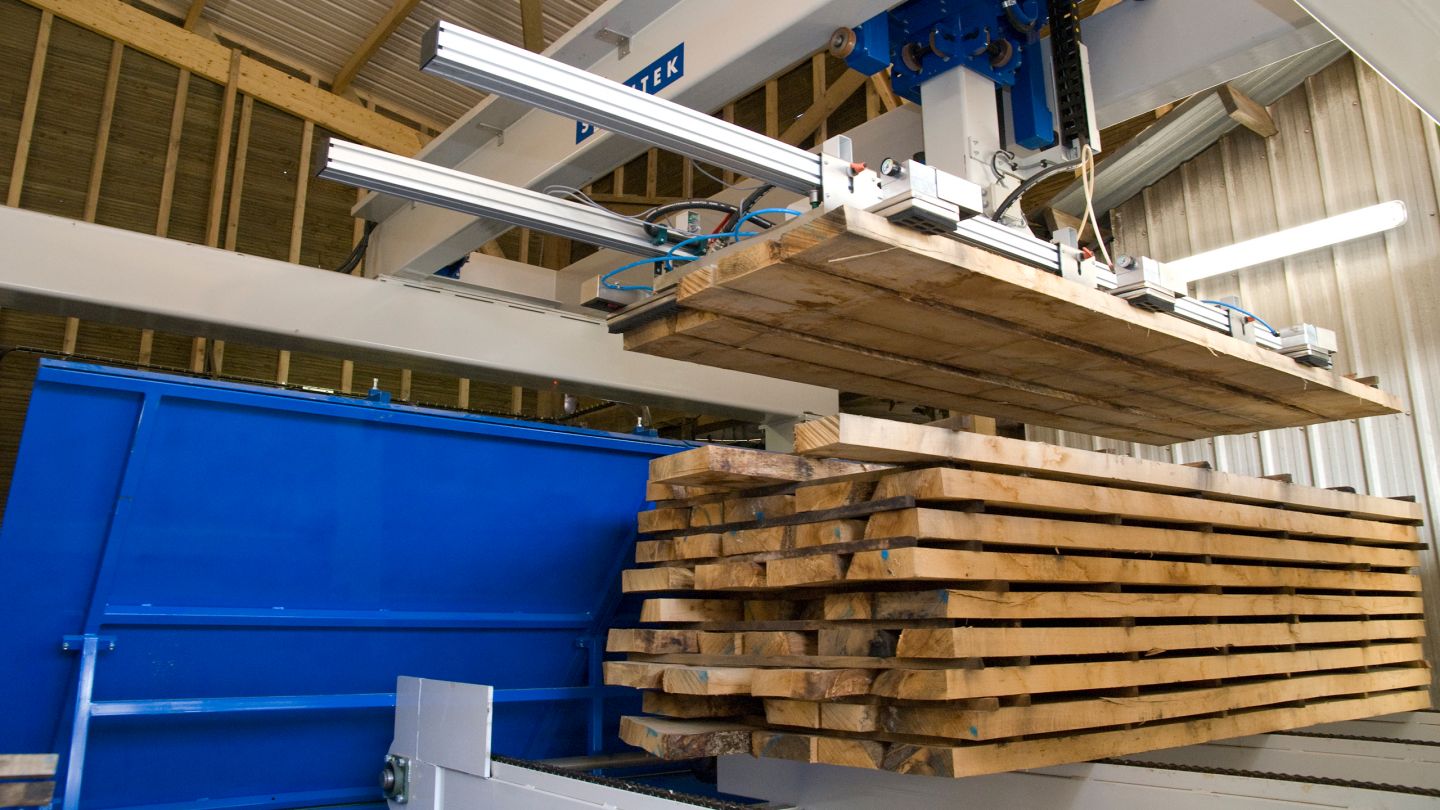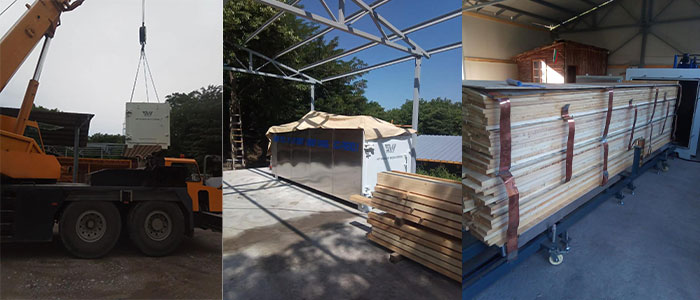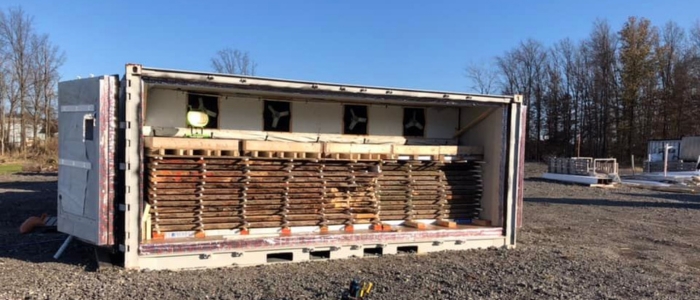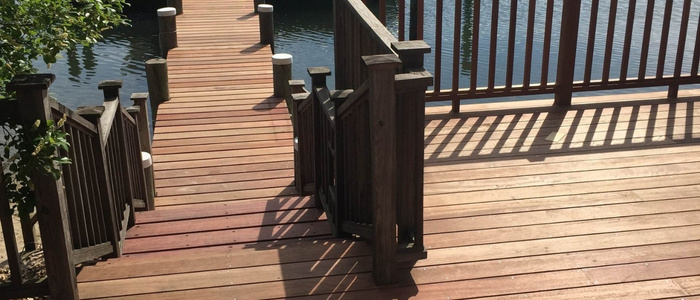Kiln dried wood isn’t just another type of lumber—it’s the standard for strength, stability, and professional results. By carefully drying wood in a controlled kiln environment, moisture is reduced to the perfect level for furniture making, flooring, and construction. The result? Wood that resists warping, shrinking, and cracking, giving you higher quality and longer-lasting projects.
Introduction to wood

You might be wondering what the heck “dry kiln timber” is. Let’s start with the basics. Wood is a natural resource that comes from trees. It’s used for construction, furniture, and a million other things.
There are different types of wood, and they’re all classified according to their density and hardness. Softwoods are generally lighter and easier to work with, while hardwoods are more durable.
Going back to dry kiln timber, it is a type of softwood that’s been kiln-dried, which makes it more stable and less likely to warp or shrink. It’s also treated with a fire retardant, which makes it resistant to burning.
So, what even is kiln drying? Kiln drying is a process where the wood is heated in a kiln to a specific temperature and humidity level.
This process removes the moisture from the wood, which is important because it prevents the wood from cracking, warping, or shrinking. Kiln drying also helps to reduce the chances of mold and mildew growing on the wood.
How to kiln dry timber
You want to kiln dry your timber, but you’re not sure how to go about it? No problem. Here are the steps you need to take:
1. Cut your timber into small pieces—this will help it dry faster.
2. Place the wood in a kiln, and set the temperature to around 160 degrees Fahrenheit.
3. Leave the wood in the kiln for anywhere from 12 to 48 hours, depending on the thickness of the pieces.
4. Remove the wood from the kiln, and allow it to cool down naturally.
And that’s all there is to it! Kiln drying is a great way to preserve your wood, and it also makes it less susceptible to pests and rot.
Types of kiln dried
There are three types of kiln-dried wood: vacuum kiln dried, conventional kiln dried, and dehumidification kiln dried. Each one has its own set of benefits and drawbacks.



Vacuum kiln drying is the most expensive option, but it’s also the most efficient. The wood is placed in a vacuum chamber and the pressure is reduced, which causes the water to evaporate. This process happens very quickly, so the wood doesn’t lose any of its structural integrity.
Conventional kilns are more affordable, but they take longer to dry the wood and there’s a higher chance of warping.
Dehumidification kilns are a good middle ground—they’re not as expensive as vacuum kilns and they’re much faster than conventional kilns. However, they can’t achieve the same level of precision as vacuum kilns.
How to Tell the Wood is Dry

So you’ve got some wood that you want to kiln dry. How do you know when it’s ready?
There are a few tell-tale signs. Firstly, the wood should be very light in weight. This means that the moisture has been removed and the cells have shrunk.
Secondly, you can put your hand on the wood and feel if it is wet and cool, if it is then there is still more moisture present.
Finally, you can place a piece of paper under the wood and wait for a while to check it, if the paper becomes wet then the wood is not dry, if the paper does not change this means it has been kiln dried.
Drying Defects

You’re probably wondering how you can kiln dry wood at home. Kiln drying is a process that uses heat and humidity to remove the water from wood, so it’s important to know what to look for when drying your own lumber.
One of the problems with drying lumber is that you can end up with defects like warping, checking, and splitting. And these defects can cause the wood to rot, which is why it’s important to kiln dry your lumber properly.
How do you avoid these defects? Well, the key is to dry the wood slowly and evenly. You also want to keep the temperature and humidity consistent so that the wood dries evenly. And finally, you’ll want to check the wood periodically for any signs of drying defects.
The benefits of kiln-dried timber

Kiln-dried timber is a great choice for a variety of reasons.
First, it’s more stable than green timber, which means it doesn’t warp or twist as much when it dries out. This makes it a great choice for furniture, flooring, and other finished products.
Second, kiln-dried timber is more durable than untreated wood. It doesn’t rot or decay as easily, which makes it a good choice for outdoor projects and structures.
Finally, kiln drying kills off any potential pests or insects that might be lurking in the wood, so you don’t have to worry about them taking over your project later on.
Summary
In conclusion, if you want to kiln dry your wood, it is best to do some research online and find a reputable supplier, such as Hebei Shuowei, who have been specialising in wood drying technology, and by contacting their engineers you can get more useful information and answers to many of your questions.
Want to see how kiln-dried lumber performs in real applications?
➤ Learn how it’s used in outdoor projects like decks and ramps
➤ Or explore why it’s ideal for high-quality furniture making



